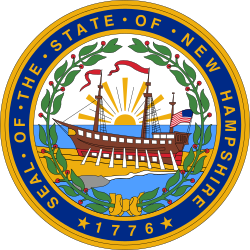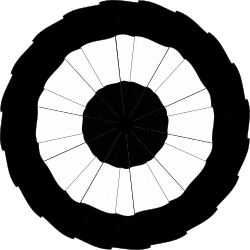| ||||||||||||||||||||||||||
| ||||||||||||||||||||||||||
 County results
| ||||||||||||||||||||||||||
| ||||||||||||||||||||||||||
| Elections in New Hampshire |
|---|
 |
A presidential election was held in New Hampshire on November 4, 1816, as part of the 1816 United States presidential election. [1] The Democratic-Republican ticket of U.S. Secretary of State James Monroe and Governor of New York Daniel D. Tompkins defeated the Federalist ticket. [2] Whereas nationally the Federalist Party failed to nominate a candidate, and most state parties effectively conceded the election, in New Hampshire a serious effort was mounted to defeat the Democratic-Republican ticket. [3] Victory in New Hampshire presaged the national Democratic-Republican landslide; with 183 electoral votes, Monroe easily defeated the senior U.S. senator from New York Rufus King, who received 34 votes from unpledged electors despite not being a candidate. [4]


